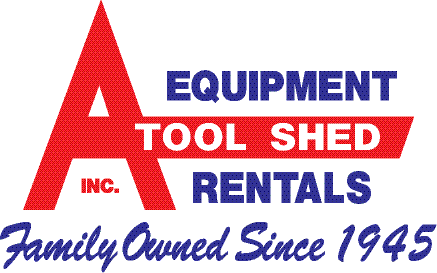-
Getting the Most from Your New Smith Concrete Planer
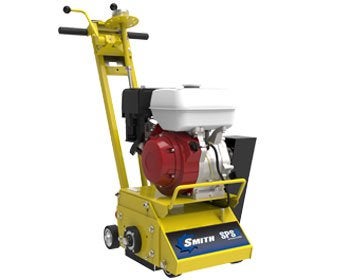
Smith Manufacturing is known for setting the gold standard in surface preparation equipment, including concrete scarifying and coating removal. If you’ve just purchased a new Smith concrete planer , you can look forward to many years of rugged dependability, thanks in part to its Honda engine. This all-purpose planer works well on both concrete and asphalt. Always read the owner’s manual, including the safety warnings, before operating new power equipment or equipment rentals.
Removing Substrate
Use the hand wheel and the cam lever to adjust the height of the cutter drum. Be careful to set the correct depth of the cut so that the cutters do not extend past the depth of the material to be removed. The drum assembly should not come into contact with the substrate. Otherwise, it’s possible that the shafts, drums, and other components will sustain premature wear and tear.
Creating Surface Patterns
A little practice with your new concrete planer is all that’s needed to figure out how to make desired surface patterns when removing substrate . Experiment with dialing the hand wheel up or down. Additionally, try positioning the planer in multiple directions. After a few hours, you’ll be able to create any pattern you wish, and remove substrate with ease.
Ceasing Work
Follow the correct order of operations to shut off the machine when you’re ready to take a break from work. First, use the cam lever or hand wheel to lift the drum above the substrate. Then, stop the machine at the engine. Finally, close the fuel cock. This will close the fuel supply.
Inspecting for Damage
Before and after each time you use your concrete planer, you should remove and inspect the drum assembly. Look specifically for signs of wear and tear, such as weld separation and hole elongation. After every 40 hours of use, you’ll need to replace the cutter shafts and drum bushings. Order another cutter drum if you notice elongation of the drum’s center holes.
Smith Manufacturing’s SPS 8” concrete planer is just one of the many tools and equipment you’ll find at A Tool Shed . We’re well-known among area homeowners and contractors for our exceptional rates on power equipment rentals, but we also offer new and used equipment for sale in San Jose. Call (800) 286-6574.
-
Your Tool Rental Checklist for Revamping Your Landscape Design
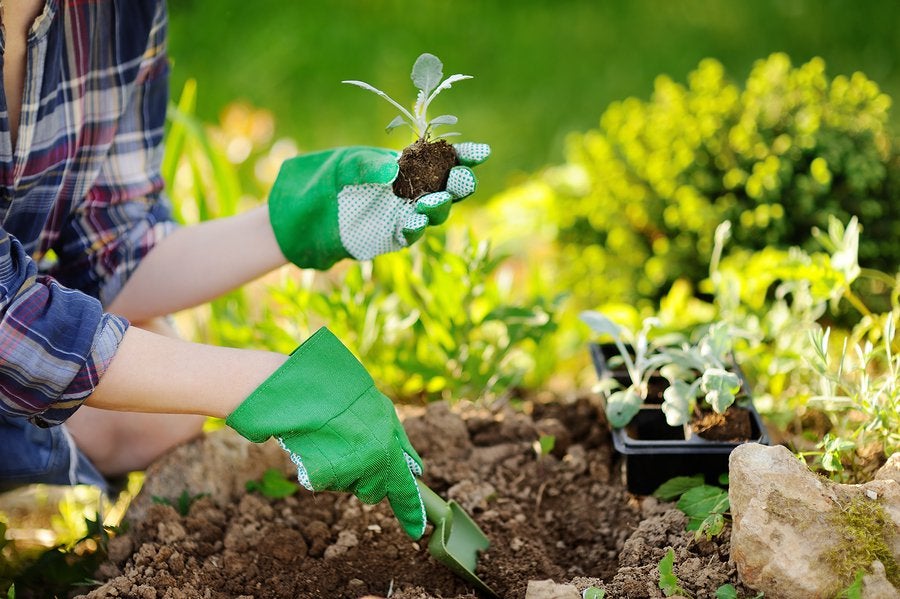
A great first impression is everything in landscape design. What do you want your guests to notice when they step onto your property? A finely crafted stone retaining wall? A picture-perfect lawn worthy of a fertilizer commercial? Whatever your vision is for your landscaping, the right power tools and equipment can help you make it come true. And with tool and equipment rentals , you won’t have to spend big bucks to finish your project. Here’s a look at some common rental tools you might use.
Power Equipment
A healthy lawn provides a solid foundation for the rest of your landscape design. If you’re a new homeowner, you might not have a lawnmower yet. Consider renting before you buy so you can try a few different types and figure out which one is best for you. If your lawn is in bad shape, you might need to lay down new sod or scatter grass seed. Rent a lawn roller for both of these projects. Lawn rollers help ensure that sod has good contact with the soil underneath. It also helps accelerate germination of grass seed. Other types of power equipment you might want to rent include:
-
Rototiller
-
Sod cutter
-
Stump grinder
-
Lawn edger
Power Tools
Handheld power tools can help take the heavy lifting out of your landscaping project. To add to the visual interest, plant a variety of shrubs, trees, and hedges. Rent a hedge trimmer two to three times per year to keep your shrubs in good shape. You’ll need to rent a weed eater more often. After mowing your lawn, use the weed eater to trim the edges along walkways, gardens, and fences.
Hand Tools
As handy as power tools are, nothing beats an old-fashioned hand tool for small, quick jobs. Rent a round-point shovel to move gravel, mulch, and topsoil. Use it to shape your garden beds. Then, rent a flat border spade to edge in your garden beds for visual appeal. Other hand tools you might want to rent include:
-
Shears
-
Rake
-
Garden hoe
-
Trowel
Don’t forget the garden gloves!
When you’re ready to tackle your landscaping project, you can head over to A Tool Shed for great rates on tool and equipment rentals. Talk to one of our experts about your vision for your backyard, and we’ll help you find the right tools for the project. Call (800) 286-6574 with your questions about our equipment for rent in San Jose or our other locations.
-
-
Discover the Possibilities with A Tool Shed
If you can dream it, we can help you build it. A Tool Shed offers great rental rates on top tool brands. Watch our accompanying video to catch a glimpse behind the scenes at our family owned and operated business. A Tool Shed now boasts seven locations throughout northern California.
We offer all sorts of rental tools and equipment, from heavy-duty forklifts, trenchers, and compactors to lawn mowers, nailers, and drills. A Tool Shed also offers a wide assortment of new and used tools and equipment for sale.
Stop by A Tool Shed today (we’re open seven days per week!) and find out why so many homeowners and contractors trust us . Call (800) 286-6574 if you have a question about our tools available for rent in San Jose or the surrounding areas.
-
Understanding Sandpaper Grit Numbers
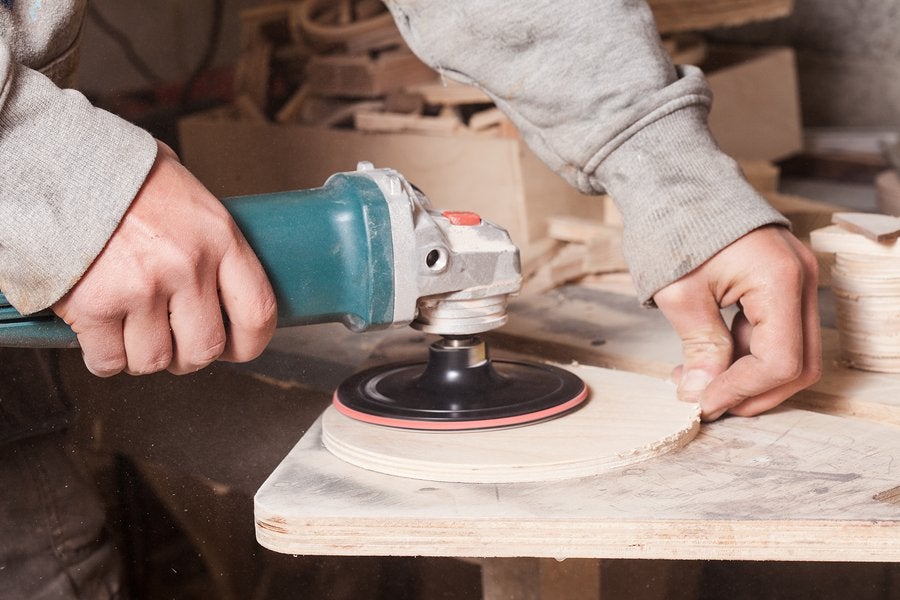
You can use sandpaper on power tools or to sand by hand. If you have a large surface area to sand, you’ll probably want to use a power tool. Power sanders are also a good choice if you have substantial blemishes to remove, or if you need to level or shape wood. Otherwise, sand by hand. If you’re using a power tool, choose a grit number between 36 and 100. Use a grit number between 180 and 320 if you’re sanding by hand. Grit numbers between 100 and 180 work well for sanding with tools or by hand.
The grit number indicates the size of the granules on the sandpaper. The larger the granules, the lower the grit number, and vice versa. Larger abrasive particles remove more wood, but don’t create the fine, finished surface that’s desirable for a completed project. That’s why you’ll want to start with a low grit number, and then move up to a higher grit number to finish off the surface.
A Tool Shed offers all the tools and supplies you’ll need for your project, including sandpaper and power sanders. Call (800) 286-6574 to inquire about used tools for sale in San Jose.
-
Tips for Cleaning Up Water Damage
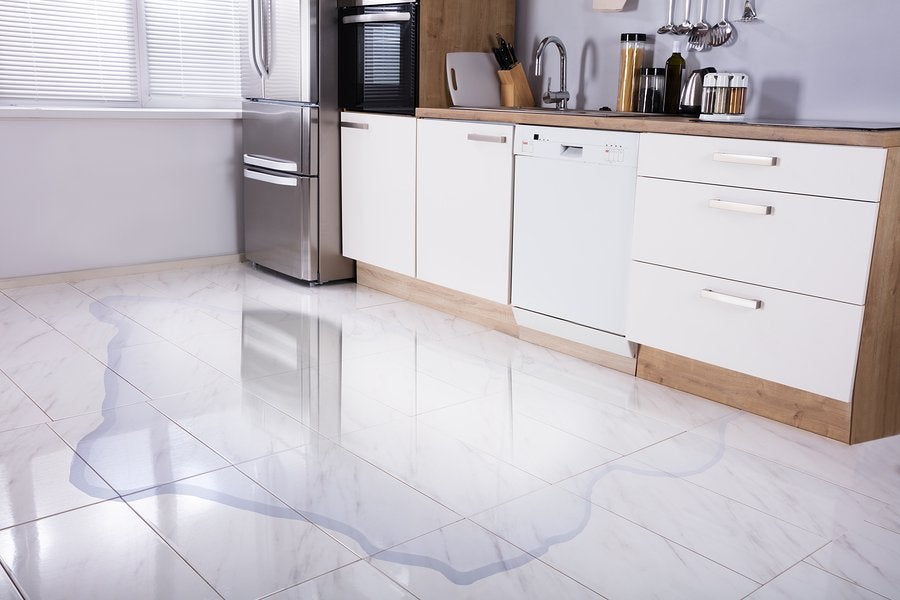
In addition to the cosmetic issues it causes, water damage can lead to mold and serious structural problems that you can’t see. To avoid these costly issues, it’s critical to clean up water damage as soon as possible. If water damage has happened in your home, with the right rental equipment and techniques, you can restore your space to normal while preventing long-term complications. These tips will help you clean up after water damage has occurred.
Use the Right Safety Equipment
If there is standing water in your home, proceed with caution during your cleanup. Flood water and water from burst pipes can contain dangerous bacteria, so wear eye goggles and protective gloves and boots. Before you walk into standing water, ensure that there are no electrical lines in the water, and be aware that floodwater can also contain snakes and other displaced animals. If there is no standing water, safety gear is still recommended, as bacterial contamination will still be possible.
Remove Damaged Flooring and Furniture
Water-soaked flooring and upholstered furniture cannot always be saved, and leaving them in a space you are trying to dry out will increase the moisture in the air. If you have carpet that was exposed to water for an extended period of time, remove it along with the carpet padding. Failing to do so can allow mold to grow. Upholstered furniture should also be removed unless its water exposure was minimal.
Rent a Dehumidifier
It’s impossible to clean up water damage thoroughly without a dehumidifier. Combing a dehumidifier with air movers—which are special kinds of fans that help to draw moisture out of walls—will help you get even better results. Using a dehumidifier will help you avoid secondary damage like mold growth, electrical damage, and warped doors and ceilings.
If your home is affected by water damage, call A Tool Shed in San Jose to rent a dehumidifier and all of the other tools you need to restore your home to normal. Reserve the equipment rentals you need or find out about your affordable used equipment sales by calling (800) 286-6574.
-
FAQs About Scaffolding Safety
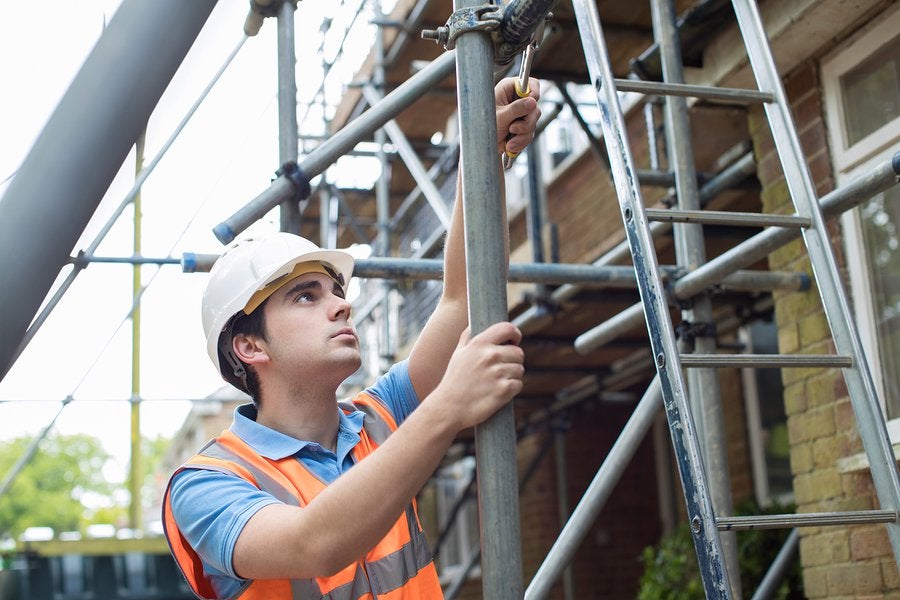
When you rent scaffolding for a project, safety is key. By paying attention to a few basic safety rules, you can get your project done without any injuries or delays. As with any piece of rental equipment, check the safety recommendations for the scaffolding you are using before you start using it. These answers to frequently asked questions about using a scaffold safely will help you avoid problems when you’re working on your project.
What kind of foundation can I put the scaffolding on?
Some scaffolds are designed to use on uneven surfaces—for instance, with one side of the scaffold on the ground and the other side on a step. However, the ground itself should always be flat and free from debris that could make the scaffold unstable. Be sure to read the instructions for the kind of scaffolding you are using to determine which surfaces are safe.
Do scaffolds have to be tied down?
Scaffolding must be tied to a structure for security. Make sure whatever structure you tie the scaffolding to is sturdy and can support not only the scaffold but all of the weight of the people and loads you move across it. Freestanding scaffolding must also be stabilized so that it doesn’t tip and can withstand wind gusts.
How do I increase the height of my scaffolding?
Before you arrange your equipment rental, calculate the height you will need your scaffolding to be. Many kinds of scaffolding offer adjustable height, so you can adapt to the needs of the site. However, if your scaffold is too short, do not try to add height by using a ladder or piling plans on the scaffold base. This dangerous practice puts both the person on the scaffold and anyone on the ground at risk.
A Tool Shed offers a wide range of used equipment and equipment rentals, from tools to scaffolds and forklifts. If you’re not sure which tools you need to rent for your job, let our team help you make the right selections. Make a reservation for equipment rentals in San Jose today by calling (800) 286-6574.
-
A Beginner’s Guide to Circular Saws
If you are doing any kind of woodwork, a circular saw is a must-have tool. You can make just about any kind of cut you want with a circular saw, plus this versatile tool is also user-friendly, even for novices.
Watch this video to learn how to use a circular saw. It’s easy to adjust the depth of your saw for different projects, and using different kinds of blades can help you get the finish you want.
Circular saws are just one of the many equipment rentals we offer at A Tool Shed . For new and used tools and equipment rentals in San Jose, call us today at (800) 286-6574.
-
Using Our Carpet Cleaner Extractor
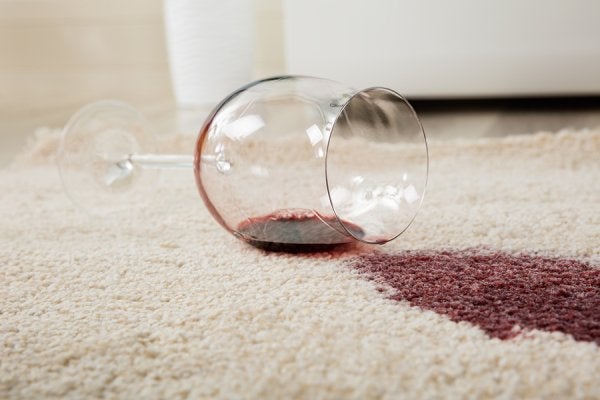
Are your carpets stained or simply looking dirty and dingy? If so, our carpet cleaner extractor is the perfect tool to get the job done. This equipment rental is available for as little as one hour or as long as a month, depending on your needs. Refresh your carpets and remove stains with this handy, easy-to-use cleaning tool.
To use the carpet extractor, mix an approved cleaning solution according to the instructions on the bottle and add the mixture to the bucket. Adding two ounces of defoamer will reduce excessive foaming. Turn the machine to the “carpet” setting and turn it on. Move across the carpet in strokes, releasing the “activate” button about six inches from the end of each stroke. Empty the bucket and repeat the process as needed.
A Tool Shed makes it possible for you to complete your home improvement checklist without investing in expensive gear with our affordable equipment rentals. When you need tools in San Jose for your project, contact us at (800) 286-6574.
-
Get the Facts About Using a Tow Dolly
Unlike moving dollies, tow dollies are only used for moving vehicles. It’s connected to the back of the towing vehicle, and it only lifts up the front wheels of the vehicle being towed. When you visit the rental equipment store, a staff member will give you all the information you need to use a tow dolly safely and in accordance with the store’s policies.

For example, the vehicle you’re towing and the vehicle you’re driving will need to meet certain weight specifications. Generally, the towing vehicle must weigh at least 1,670 pounds more than the towed vehicle. The vehicle must also have a two-inch receiver hitch rated for at least 7,000 pounds. In addition, you must exercise extreme caution while driving and parking. You will be unable to back up while the tow dolly is connected, as this could damage both vehicles.
You can find tow dollies available for rent at A Tool Shed—with no added environmental fees or sales tax! Call our team at (800) 286-6574 to inquire about renting tools for your car in San Jose.
-
Learn How to Install Carpet on Your Stairs
Once you get into the right rhythm, you’ll find that installing carpet on stairs is easier than you may have expected. It only requires a few specialized tools, which you could rent or purchase used. You’ll need a carpet stair tool, an electric tacker, a carpet knee kicker, and a hammer.
Watch this featured video to see a simple, step-by-step demonstration of installing carpet on stairs. This home improvement expert shows you the proper way to tack down the carpet padding, and how to position the carpet correctly with the kicker and stair tool.
A Tool Shed offers high-quality tools for rent in San Jose, including carpet trimmers, stair tools, and knee kickers . Call us at (800) 286-6574 with your questions about renting tools.
